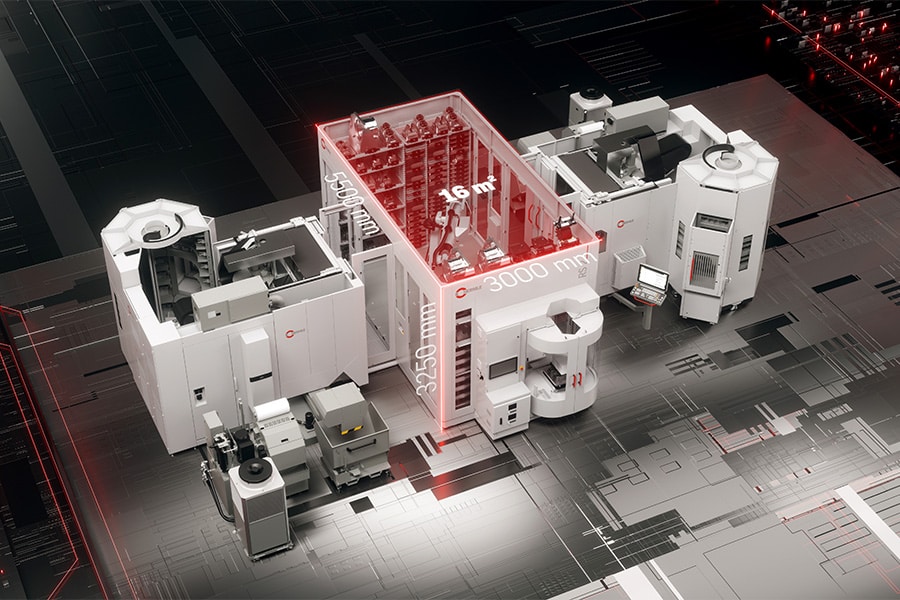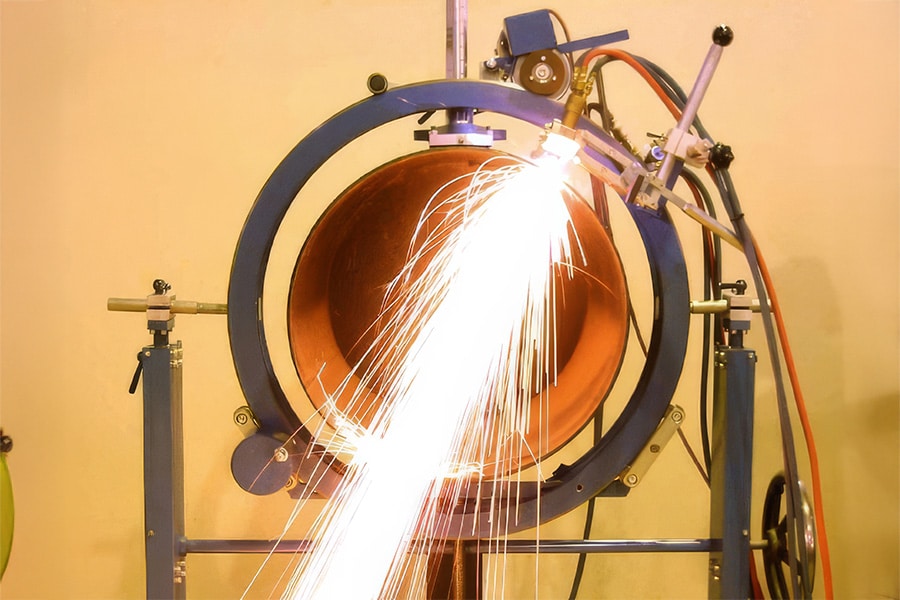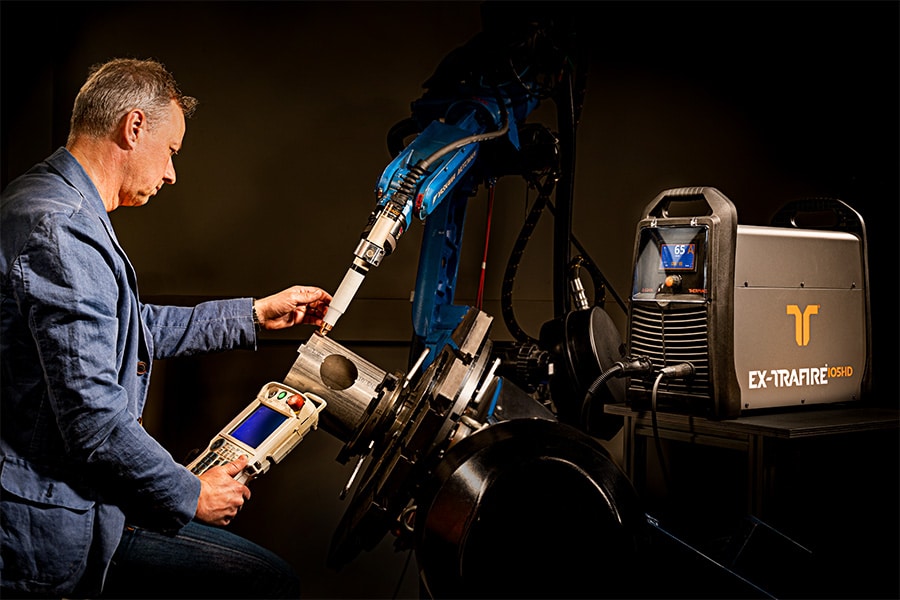
Innovation as competitiveness post-corona
As the pandemic whipped around wildly in March, most businesses came to a merciless halt. Gone were all the positive prospects we had worked so hard to achieve over the past year. For most businesses, it went into survival mode. How do I keep my business afloat and my employees with me?
The answer, as so often, will be found in daring to do business and thus daring to innovate. Business should never be a matter of keeping up, but should become a story of being ahead. And in this, innovation plays a crucial role. Innovation is about more than pulling revolutionary product or machine designs out of a hat. It is as much about finding new ways to set up that production in the best possible way for higher efficiency. To manage employees in the best possible way for the highest possible quality and lowest possible error rate. Manufacturing companies must therefore adopt a culture of change in which products and processes are questioned on a regular basis. Only when innovation really becomes part of our DNA will we be able to stay ahead of the scorching pace of society and all its unexpected twists and turns.
And there are good reasons for this. Innovation is a great tool for maintaining, or who knows even building, competitiveness. Are consumer demands changing? Are there new markets to tap into? Can we cut costs by optimizing certain processes? Innovation always provides the answer to position yourself in the market in a distinctive way. Away from uniformity, towards that edge. Consumers are also more willing than before to buy new products as long as they offer something new, something of added value. But for metalworkers themselves, the profit lies primarily in increasing productivity. A welcome relief in these times of technical scarcity. So innovation will also be found in automation and especially digitization.
Still, some caution is warranted. According to studies, 80% of innovations fail. But how should we go about innovating? Know your customers forms the basis. Clearly define who your current customers and your future ones are and what exactly they need. After all, they determine the direction things are going. Let them be central in the choices to be made. Working together, with customers or other partners, to achieve that goal can also be of added value. Innovation may come in evolutions and revolutions, but it should not be the madness of the day that rules. Look ahead to the long term to make strategically wise decisions.
And then comes the choice of technology, the hardest knot to cut because the range is vast. What you want to achieve must be known in order to know how to achieve it. Metal Trade lists a few from 2020 that may well help shape the face of 2021. Machines, products or services from companies that are themselves perfect examples of how innovation can add value for the customer. They open the door to higher efficiency, new services and markets, better quality and more sustainable production. Because in that area, too, we have a lot of innovation ahead of us in the coming years. ν



